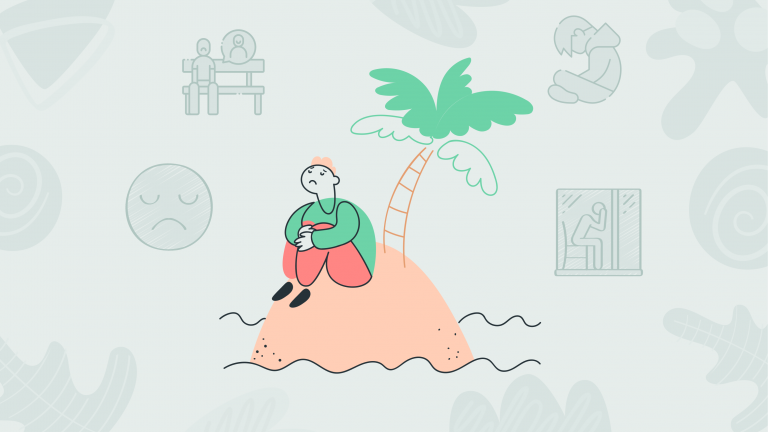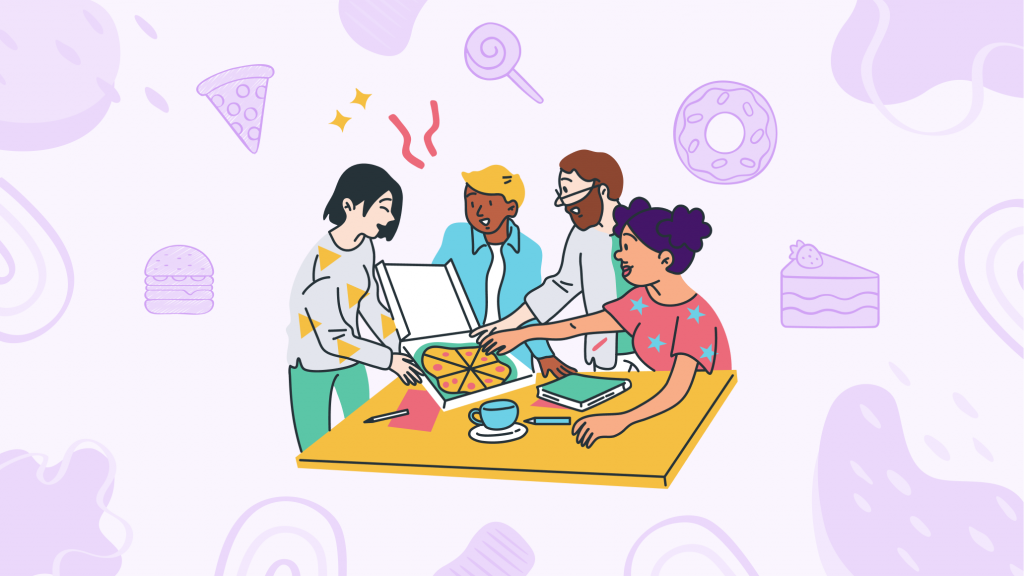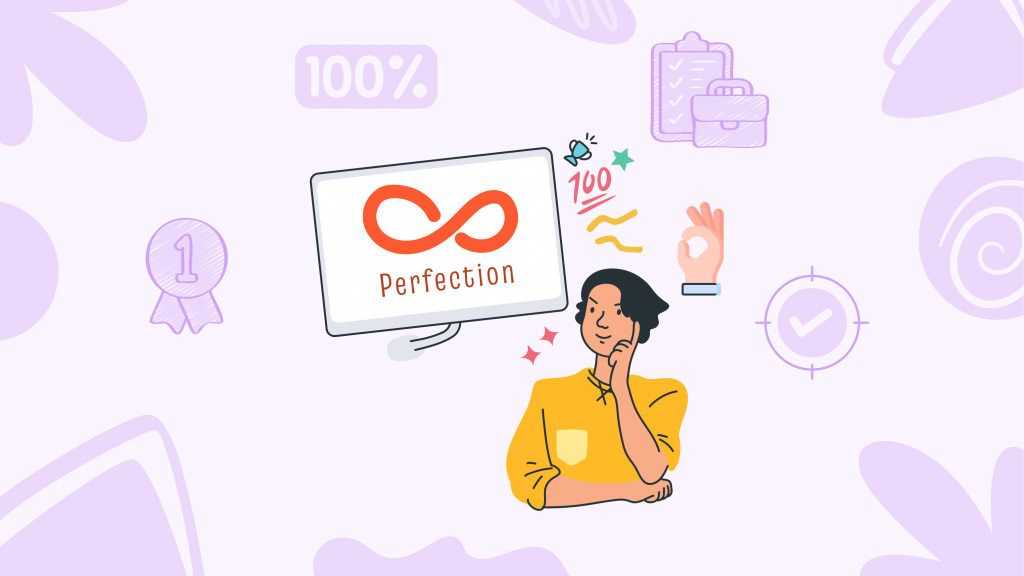The Lonely Struggle
In a world buzzing with digital connections and fleeting interactions, genuine human bonds can seem like rare gems hidden in a sea of noise. Loneliness isn’t just about physical isolation; it’s that ache in your heart when you long for meaningful connections but find them slipping through your fingers like grains of sand.
Let’s dive deep into this maze of emotions and explore how it shapes our well-being and day-to-day existence.
Loneliness isn’t just an emotion; it’s like a quiet storm brewing inside us, affecting everything from our mood to our physical health. In today’s hyper-connected yet paradoxically disconnected world, the struggle with loneliness is more palpable than ever. It’s not just about being physically alone; it’s about feeling disconnected, unseen, unheard – even in a crowd.
So let’s unravel the mystery behind this complex emotion and uncover strategies to navigate through it with resilience and grace.
The Neurology of Loneliness Puzzle
Loneliness isn’t just an emotional state; it also affects us on a neurological and neurochemical level. When we experience prolonged loneliness, our brain perceives it as a threat to survival, activating stress responses and releasing cortisol, the stress hormone.
This heightened stress can lead to a range of physical and mental health issues, including increased risk of heart disease, depression, and anxiety.
On a neurochemical level, loneliness can disrupt the balance of neurotransmitters in the brain, such as dopamine and serotonin, which play crucial roles in mood regulation and reward processing.
Prolonged feelings of loneliness can lead to decreased dopamine activity, contributing to feelings of apathy, low motivation, and reduced pleasure in activities. Similarly, imbalances in serotonin levels may be linked to increased anxiety and mood disorders commonly associated with loneliness.
Understanding these neurological and neurochemical aspects of loneliness helps us grasp its profound impact on our overall well-being. It’s not just about feeling isolated; it’s about how loneliness can affect our brain functions, emotions, and physical health over time.
By acknowledging these complexities, we can approach combating loneliness with a holistic understanding, incorporating strategies that address both the emotional and physiological aspects of this complex puzzle.
Steps to Bridge the Gap
Actionable points to bridge the gap and overcome loneliness:
- Reach out regularly: Make it a habit to reach out to friends, family, or acquaintances regularly. Send a text, make a phone call, or schedule a video chat to stay connected and nurture relationships.
- Join social groups: Consider joining clubs, organizations, or social groups that align with your interests. This could be a book club, a hiking group, a cooking class, or a volunteer organization. These groups provide opportunities to meet like-minded individuals and form new friendships.
- Attend community events: Keep an eye out for local community events, gatherings, or workshops. These events can be a great way to meet people in your neighborhood or city and engage in meaningful conversations.
- Volunteer your time: Volunteering not only allows you to give back to the community but also introduces you to people who share your passion for making a difference. Look for volunteer opportunities at local charities, schools, or environmental organizations.
- Take initiative: Don’t wait for others to reach out to you. Take the initiative to organize social gatherings, outings, or virtual hangouts with friends or acquaintances. Hosting a game night, a potluck dinner, or a movie marathon can bring people together and strengthen relationships.
- Explore online communities: In addition to in-person interactions, consider joining online communities and forums related to your interests or hobbies. Engage in discussions, participate in virtual events, and connect with individuals who share your passions.
- Practice active listening: When engaging in conversations, practice active listening by giving your full attention, asking thoughtful questions, and showing genuine interest in others’ experiences. This fosters deeper connections and makes people feel valued and understood.
- Seek professional support: If feelings of loneliness persist despite your efforts, consider seeking support from a mental health professional or counselor. They can provide guidance, coping strategies, and a supportive environment to navigate and overcome loneliness.
By implementing these actionable points, you can actively bridge the gap of loneliness and cultivate meaningful connections that contribute to your overall well-being.
Subscribe to newsletter
Get your Gut Health Starter Guide right now.
Elevate your Tuesdays with practical, science-backed wisdom propelling you forward on your gut health journey.

Finding Light in Connection
In the gentle glow of the early morning, Sarah stands at her kitchen window, her gaze lingering on the bustling street below.
The city, once a canvas of unfamiliar faces and daunting spaces, now thrums with the warm familiarity of community. Her apartment, a sanctuary of solitude, now often buzzes with laughter and chatter of friends.
Each cup of coffee shared with a neighbor, each shared hobby session, and every spontaneous meet-up in the park weaves a thread of connection, transforming the tapestry of her life into one rich with color and camaraderie.
“I remember the first day I moved here; everything seemed so cold and impersonal. The silence of my apartment echoed my loneliness. But I knew I had to reach out, to find the light in this new chapter. The decision to connect with those around me was a leap of faith—a journey from solitude to solidarity.
Every hello in the elevator, every smile at the grocery store, and each conversation at local gatherings chipped away at the walls I had built around myself. The journey wasn’t always easy, but it was worth every step. Today, I am surrounded by friends who are like family, and my heart is full of gratitude. Connection didn’t just change my life; it saved it.”


















